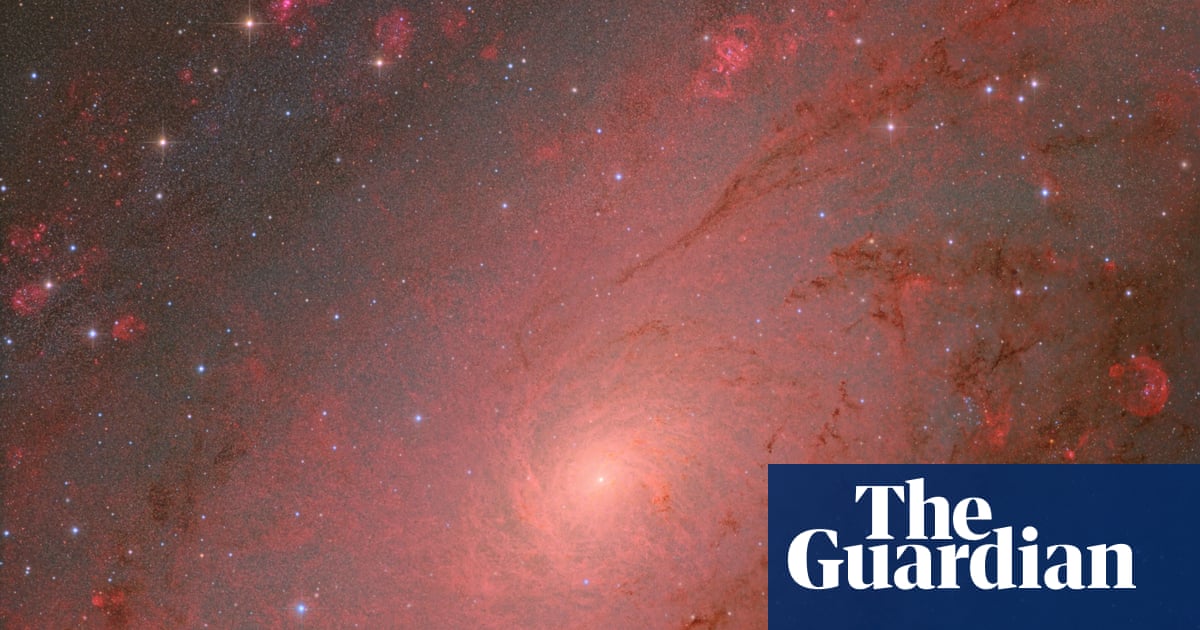
"The Deer Lick region, home to NGC 7331 and the famous Stephan's Quintet, makes for a stunning display of galactic interaction. Over six months, 12 photographers and a dedicated processing team worked to integrate nearly 600 hours of exposure to reveal these faint details at the Dark Sky New Mexico observatory in the US The Great Comet of 2024 was discovered in January 2023 and photographed from Michigan in the US."
"Known as C/2023 A3 (TsuchinshanATLAS), it has an orbital period of 83m years and is likely now to have been ejected from the solar system Comet 12P/Pons-Brooks reacts to intensified solar winds, creating a spectacle of tail dynamics and colourful hues expelled by the bright cloud of gas around its centre. The photograph was taken at June Lake, California, US This close-up taken in Darmstadt, Germany, shows the main crater Aristarchus with its nine secondary craters."
"It has a diameter of 25 miles and is located in a region visible on the front side of the lunar surface This is the largest panorama that Tom Rae, of New Zealand, has ever captured, with the full resolution image containing over a billion pixels from 62 images stitched together. The photograph captures the twin glacial rivers with the Milky Way core off to the left of the image, as well as the Southern Cross and other pointers high in the centre sky"
High-resolution astrophotography captures the Deer Lick region with NGC 7331 and Stephan's Quintet using nearly 600 hours of integrated exposure from Dark Sky New Mexico. The Great Comet of 2024, C/2023 A3 (TsuchinshanATLAS), was discovered in January 2023, photographed from Michigan, and has an ~83-million-year orbit, likely being ejected from the solar system. Comet 12P/Pons-Brooks displayed intensified tail dynamics and colourful gas hues at June Lake, California. A Darmstadt close-up shows Aristarchus and nine secondary craters across a 25-mile diameter on the Moon's near side. Tom Rae stitched 62 images into a billion-pixel panorama of glacial rivers and the Milky Way core. A Perseid fireball grazed Andromeda, and a full-spectrum Spaghetti nebula image reveals faint supernova remnant emission enhanced with blue and green hues.
Read at www.theguardian.com
Unable to calculate read time
Collection
[
|
...
]